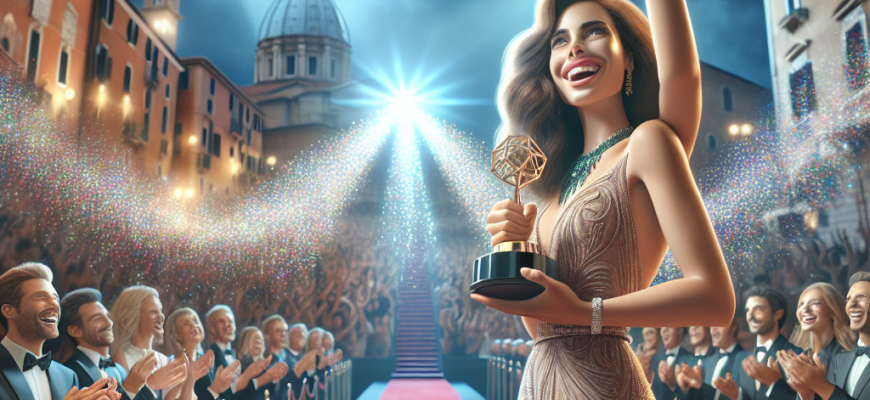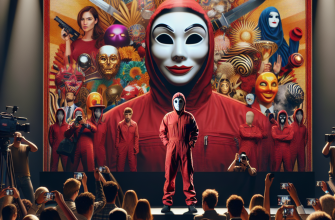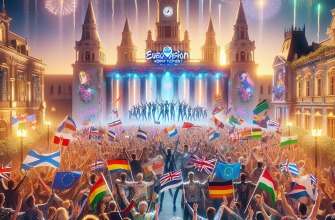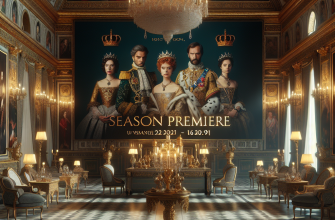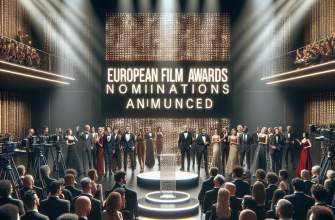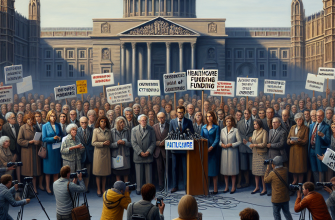Sofia Coppola’s Latest Film: A Critical Analysis at the Venice Film Festival
Introduction
Ah, dear friends, gather around! For today, we embark on a whimsical exploration of the creative labyrinth that is Sofia Coppola’s cinematic world. The esteemed director, known for her enchanting yet often bittersweet tales, has recently unveiled her latest offering, Priscilla, at the grand spectacle that is the 80th Venice Film Festival. However, much to our bewilderment, this film has been met with a cascade of mixed reactions, leaving many feeling like they’ve just bitten into a culinary masterpiece only to find it lacking seasoning.
The Film: Priscilla
Plot and Characterization
In a nutshell, Priscilla unfolds the decades-spanning saga of the tempestuous love affair and marriage between the legendary Elvis Presley and his teenage bride, Priscilla Presley. Adapted from the autobiographical tome Elvis and Me penned by Priscilla herself alongside Sandra Harmon, the material sparkles with potential. Yet, as is often the case, a rich tapestry can easily unravel.
We are introduced to Priscilla as a timid, soft-spoken schoolgirl ensnared in the enchanting yet suffocating world of Elvis. Here’s where the first hiccup occurs: Priscilla’s character, rather than blossoming into a vibrant persona, resembles more of a wistful muse than a woman with agency. It’s as if she’s a dreamy apparition floating around Elvis rather than a fully realized individual with hopes, dreams, and desires of her own.
Cinematic Aesthetic
Next, let’s dive into the visual feast—or shall I say, the visual blandness? Coppola’s signature style often dazzles with sumptuous colors and vibrant imagery, but alas, Priscilla does a little too much tiptoeing in the shadows. Critics are quick to point out its “dim-lighted quality” and a rather drab beige color palette that does little to elevate the film’s engagement factor. Even the close-ups, typically imbued with electric energy in her previous works, feel like they got lost somewhere between the drug paraphernalia and Priscilla’s hair metamorphosis.
Reception
Now, what of the audience’s reception, you ask? Well, let’s just say it’s akin to a lukewarm cup of tea on a rainy day. While a few scenes sparked genuine laughter—like Elvis charming the bejeezus out of Priscilla’s nun teachers at her graduation—the moments of levity were but fleeting bursts in an otherwise monotonous expanse. Many viewers, myself included, found the film’s overall charm akin to an elusive butterfly, fluttering away just when you think you’ve captured its essence.
Historical Context: Sofia Coppola at Venice
Previous Successes
Coppola’s journey through the film festival circuit is dotted with glimmering accolades. Who could forget the majestic moment in 2010 when she was crowned with the Golden Lion for Best Film with her enchanting masterpiece, Somewhere? This film, a tender reflection on parental bonds and the fleeting nature of celebrity, resonated deeply with both the jury and audiences alike, marking a significant triumph for women directors in the scribe-filled annals of cinema.
Conclusion
So here we stand at the end of our cinematic voyage, my friends. While Priscilla had the potential to weave an enthralling tale with all the glamorous threads of its historical backdrop, it, unfortunately, stumbles in its fabric. Stripped of the depth, agency, and vibrant storytelling that characterize Coppola’s previous works, this film feels like a bittersweet echo in the grand narrative of a master storyteller.
In conclusion, dear friends, Priscilla sits solemnly as a rather disappointing addition to Sofia Coppola’s diverse filmography. It harbored the promise of a grand narrative, yet ultimately, lacks the flavorful spark needed to leave a lasting imprint on its audience. Let us hope that her next endeavor casts us again into the delicious depths of emotional storytelling, where the heart truly sits on the throne.
For a deeper dive into the world of Sofia Coppola, feel free to explore more of her fascinating works through this link.

